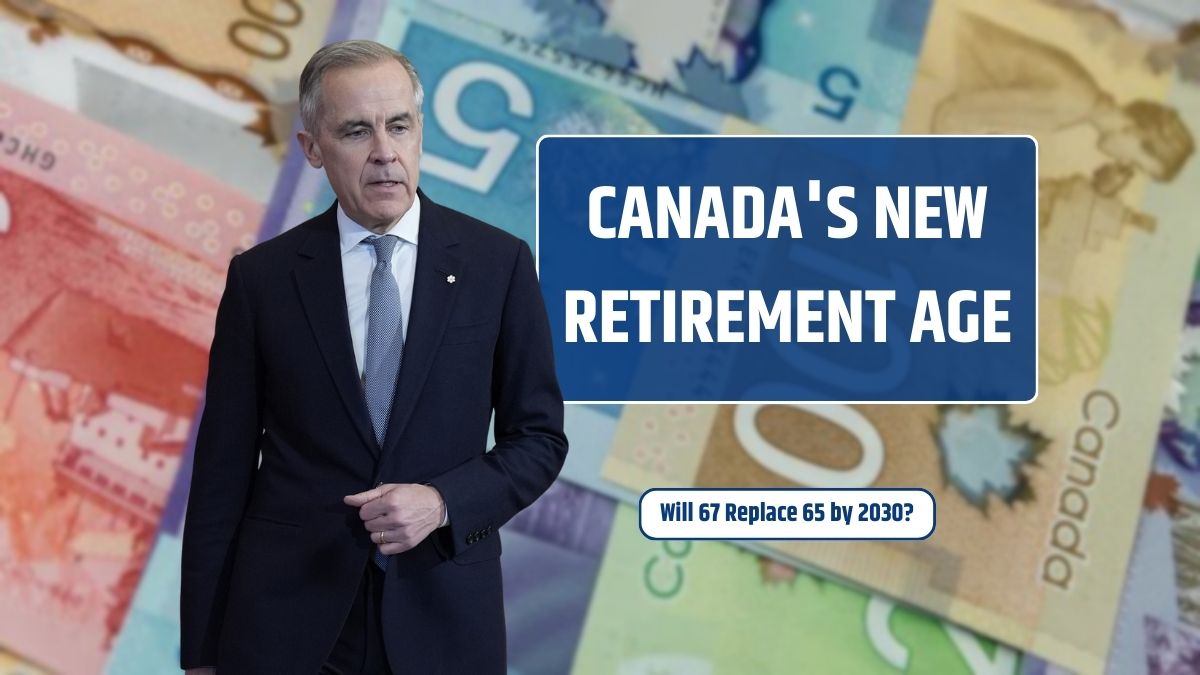The way Canadians retire could be changing—again. If you’re wondering whether 67 is set to replace 65 as the standard retirement age, you’re not alone. With 2025 shaping up to be a turning point in Canadian pension reform, it’s time to look at what’s on the table, who it will affect, and what it means for your future.
Table of Contents
Drivers
Let’s start with the big question—why now?
Canada’s retirement system is under serious pressure. By 2030, over 20% of Canadians will be older than 65. That means more people will be drawing from pension programs like the CPP (Canada Pension Plan) and OAS (Old Age Security). Add to that longer life expectancy and you’ve got retirees collecting benefits for decades.
At the same time, inflation, housing prices, and healthcare costs are rising fast. More seniors are working into their late 60s or even 70s—not just by choice, but because they have to. So, the government is looking at major updates to how and when pensions are paid out.
Changes
So what’s actually being proposed? As of now, no official law has passed, but the 2025 policy proposals paint a pretty clear picture of where things might be heading:
- Raising the retirement age from 65 to 67 by 2030
- Allowing partial CPP withdrawals starting at age 60
- Charging higher CPP contributions for top earners
- Offering larger pension bonuses for those who defer retirement
- Expanding tax credits for seniors still working after 65
These changes are part of what’s being called the Pension Withdrawal Policy Updates 2025.
Summary
Here’s a quick breakdown of the key policy shifts under discussion:
| Policy Proposal | Current Status | Proposed Change | Affected Group |
|---|---|---|---|
| Retirement Age | 65 | Increase to 67 by 2030 | Workers under 60 |
| Partial Pension Withdrawal | Allowed from 60 | Add flexible work incentives | Early retirees |
| CPP for High-Income Earners | Flat-rate contributions | Tiered increases | Top income brackets |
| Pension Deferral Bonuses | Optional | Higher bonus rates | Workers over 65 |
| Tax Credits for Working Seniors | Limited | Expanded eligibility | Employed seniors post-65 |
Reactions
Not everyone sees eye-to-eye on these changes.
In big cities, especially among white-collar professionals, many are on board with working a bit longer in exchange for better pensions. But in rural areas and in physically demanding jobs, workers argue that pushing retirement to 67 isn’t realistic.
Groups like CARP are also raising red flags, saying that the changes could hurt low-income seniors or those in poor health who simply can’t work longer.
Parliament
Right now, this is all still under discussion in Parliament. Committees are reviewing the policy suggestions, and a bill could be introduced by the end of 2025. But until something is officially passed, nothing is set in stone.
Impact
What could this mean for you? It depends on your age.
- 60–64 years old: You may face a delay in getting full benefits, but early withdrawals and flexible options could help.
- Current retirees: You’re probably safe from major changes, though adjustments in benefit indexing may happen.
- Under 40: You’ll likely need to contribute more and plan for a later retirement age—67 may be your new normal.
Planning
So what should you do now?
Stay ahead of the curve. These policy changes might take years to roll out, but starting early can make all the difference.
Here are a few smart steps to take:
- Keep an eye on announcements from Service Canada and the CRA.
- Boost your private savings—RRSPs and TFSAs are more important than ever.
- Prepare for a longer retirement. Many Canadians will live into their 90s.
- Chat with a financial advisor to adjust your retirement plan based on new policies.
While the shift to age 67 isn’t official yet, all signs point to longer working lives and increased self-reliance in retirement planning. Whether you’re starting your career or getting close to retirement, it’s time to start thinking ahead.

